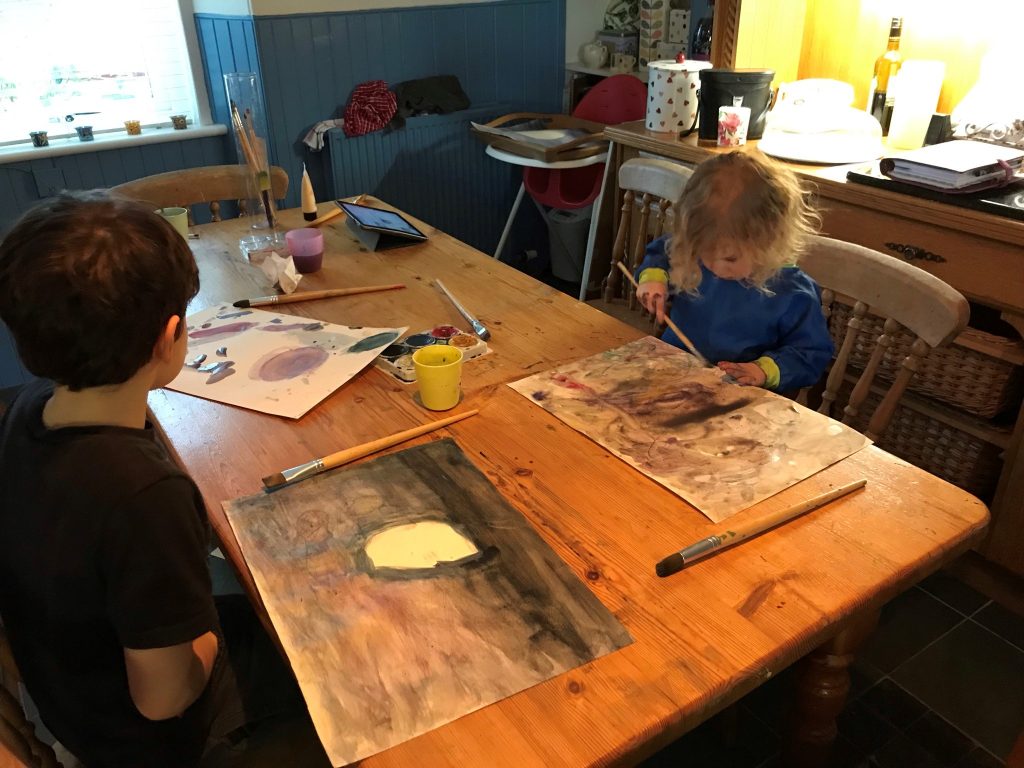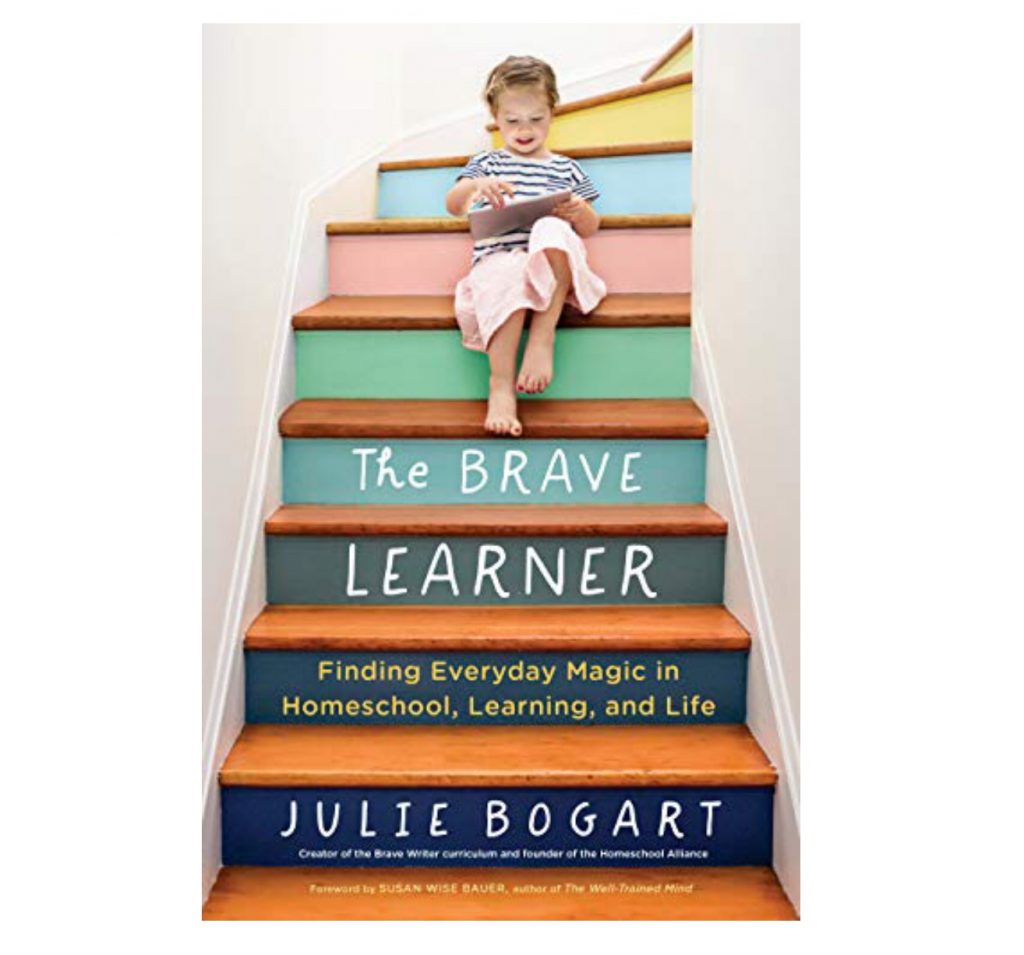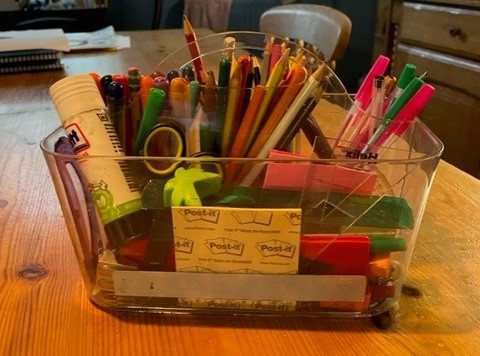
We started home educating in January 2022, following several months of agonising over the decision, which I wrote about here. Before we got to that point, I had done a great deal of thinking and planning. The process I went through might not be right for you, but I find it helpful to hear the experiences of others so I shall share our journey to starting home ed here. I discuss the legalities in Scotland, how we broached it with the children and initial research and resources. Everyone’s home education set up looks different and everyone’s reasons and approaches are different too. I’m certainly not telling anyone what to do, this is simply how things worked for us. I hope its useful to you!
Legalities
The legal right to home educate in Scotland is conferred in the Education (Scotland) Act 1990, which states that it is a parent’s responsibility to ensure that every school aged child receives an education that is “suitable to his age, ability and aptitude.” This can be done in school or “by other means.” This Act also states that if a child already attends a state school, the parent must seek consent from the local authority to withdraw their child from the school roll in order to home educate. The Act states that consent shall not be unreasonably withheld. This letter is sent to the Quality Improvement Officer (QIO) for your child’s school – the school should be able to provide you with this name and a means of contact. This is not a member of staff at the school but is someone who oversees several schools in the area.
I did the above and also spoke to the head teacher at the children’s school. There is no requirement to do so, but I did so in the interests of openness and sustaining a good relationship – I still worked in the school at the time and, had the children not enjoyed home education, then I would have re-enrolled them. A search online will give some good examples of letters to send to the QIO, and should also contain a brief outline of how you intend to provide an education for your child. I stated what I intended to do for literacy, numeracy and mathematics, topic work, music, art and French. I believe that I did also cover how I intended to provide opportunities for socialisation through clubs and classes. There is no need to include your reasons for deciding to home educate, unless you wish to do so. I did not.
A response should be received, i.e. consent given, within 6 weeks of the QIO receiving your letter. It took slightly longer for us as I submitted it at the end of November, I think the response time was thrown off by the Christmas holidays. In their reply, the QIO stated they were happy with my plans and only asked that I confirm with the children’s current school that we would re-enroll if we found that home education did not suit us, which essentially I had already done.
Telling the children
If you’ve read my previous post, you will know that my children were happy in school and we began home educating because my husband and I thought it might offer us a better experience (which, so far, it has!). Once we had decided, and before we told the school, I broached it individually with each child. They are close and get on well together and I wanted to give them space to react in their own way without being swayed by each other. I also felt it was important for me to present a confident plan to the children, although I was feeling anything but at that time! For children who are already in school, home educating is a huge step, and I did not think it was fair to share a loose plan or ask questions of the children, as that might feel disconcerting and even a bit out of control. So when I spoke to them, I didn’t ask “Would you like to do school at home?” Instead, I said, “Daddy and I have decided that we will home school. We’ll do it up until summer and if you decide you’d like to go back to school after summer that’s what we’ll do.” I then laid out some of the advantages and exciting things I thought we’d be able to do, and much to my relief, the children were pleased and excited. As it turned out, they have remained happy with the decision and are still not back in school over a year later.
Research how to make home education work for you

When I decided to home educate, my first port of call was YouTube. I watched hours of videos by home educating parents, days in the life style videos, curriculum reviews and resource organisation and recommendations. If the sound of this appeals to you, I would say go ahead and search YouTube. This approach suited my introverted personality – I didn’t need to speak to anyone and could privately mull over what I was discovering while I made a plan. I particularly enjoy The Waldock Way and Rooted in Rest. Be aware though, that most of this type of content is created in the USA – it can be tricky finding British content and I have never found any Scottish creators.
With hindsight, I would say the best starting point, if you do not know anyone in ‘real life’ to ask, is Facebook. At the time I withdrew my children I was not on Facebook and never had been, so I was reluctant to try that. Once the children had left school, it became evident that if I wanted my children to connect to other local home educated children, and if I wanted to connect to other home ed parents, I would need to get set up on Facebook and join local groups. I realise now that had I done that while I was weighing up the pros and cons of home education and trying to figure out how I would make it work, I could have asked on the local home ed Facebook page and I would have received helpful, informative answers from lots of local families. I see others seeking advice on meet ups, working, juggling younger children amongst other things. I would imagine it is the same in many areas, so I would recommend trying Facebook first.
In the run up to withdrawing the children, I read a brilliant book, The Brave Learner by Julia Bogart, again an American source. The Brave Learner is hopeful and inspiring, conveying the power of allowing your child to be who they are and figure out their own path, while scaffolding them with an education at home. It does not shy away from the potential pitfalls and difficulties, such as the insecurities and expectations of the home educating parent. It was thought provoking and a good tool for reflecting on my decision.
Resources

I’m not going to go into curriculum choices or particular textbooks or schemes here as, to be honest, as a state school teacher for 16 years before home educating, I purchased the textbooks the children and I were already familiar with using in local schools, so I’m not sure how interesting or useful that would be to others.
Somewhere online I heard about Exploring Nature with Children, a beautiful week by week nature curriculum. It gives an aspect of nature to examine each week, such as ponds, nesting birds and autumn leaves, accompanied by suggested reading, a poem and a piece of art on the theme. I would be lying if I said we do this every week, but it is a great resource for pulling out before a nature walk to direct the children’s attention to something to investigate further at a particular point in the year.
Other resources I would recommend are books, books and more books! Usborne books are a good bet for finding topic related information for a good age range. They also do books on aspects of maths and different types of writing and literacy work. Initially, I hit Amazon hard and added lots of lovely books to our already extensive home library. I later learned that our local authority will lend topic boxes to home educators. These topic boxes are archive box size and filled with roughly 15-25 books on a given topic, and can be requested for particular class levels. Some boxes even contain non-book resources, like games or replica historical items. It is well worth checking whether your local library service offers anything similar. This is certainly kinder to the purse and the environment than filling an Amazon trolley!

In terms of stationery, I made sure we had a good stock of:
- Plain pencils
- Rubbers
- Colouring pencils
- Sharpeners
- Prit-Stick glue sticks (I find other brands don’t work so well)
- Plain A4 paper
- Jotters (I think this might be a Scottish word?! – plain workbooks?) – lined for literacy and squared for maths
- Rulers
- Mini whiteboards and pens
- Clipboards
I already had quite an extensive craft cupboard, being a bit of a hoarder and given the fact that teachers often have to purchase and keep a stock of their own arts and craft materials. Things that might be useful at some point, but are certainly not necessary, are clay, pastel chalks, PVA glue, poster paint, glitter, watercolour paints, charcoals and basic sewing materials. Another nice addition to a craft store might be some sensory materials such as shaving foam, waterbeads, play sand or dyed uncooked rice.
This was what I wanted to have, but really pencils, rubbers and paper are the only things you might really need, particularly straight away. Other things can be added gradually as you progress and new interests or topics arise.
I hope this has been a useful starting point for you if you are considering home education. This is only the route I took when navigating the start of home education – it will look different for everyone. If you’d like to let me know in the comments how you began or are planning to begin home education, I would love to hear about it.
Leave a Reply